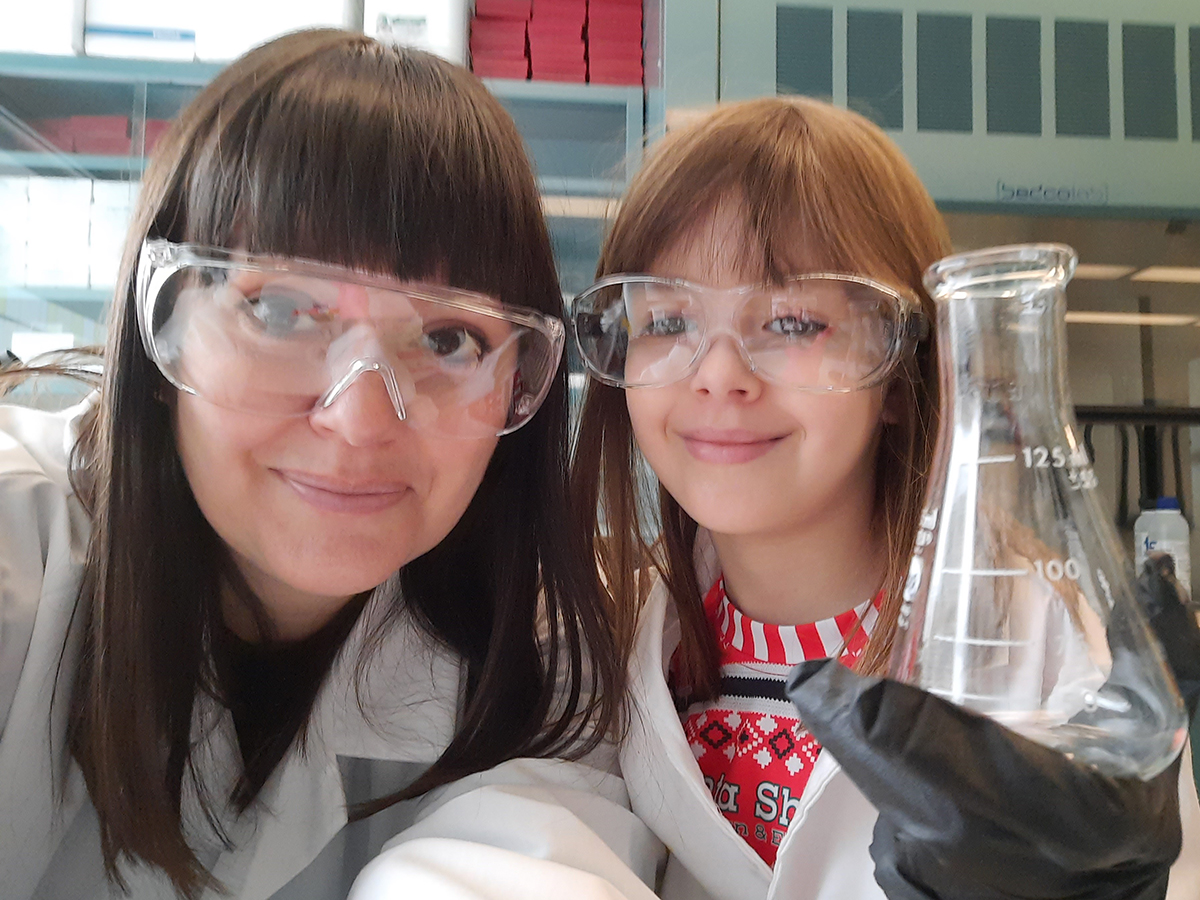WINNIPEG – When Heather Blewett started working at Agriculture and Agri-Food Canada in 2011, she had zero doubts about the health benefits of flax.
Blewett, a nutritionist, was “100 per cent” convinced that eating 30 grams of flax was sufficient to reduce cholesterol levels in humans.
But when she conducted a feeding trial on test subjects, Blewett learned that her assumption was wrong.
Read Also

Vintage power on display at Saskatchewan tractor pull
At the Ag in Motion farm show held earlier this year near Langham, Sask., a vintage tractor pull event drew pretty significant crowds of show goers, who were mostly farmers.
The minimum dosage to reduce cholesterol was about 33 per cent higher.
“In the end, 30 grams wasn’t enough. Turns out you need to eat 40 grams,” Blewett said from her office in Winnipeg’s downtown, where she works at the Canadian Centre for Agri-Food Research in Health and Medicine.
Blewett was incorrect because earlier research was on older women who ate the oilseed. That skewed the results towards a lower dosage of flax.
Blewett’s certainty about flax is a helpful reminder for everyone who has their own ‘theories’ about food.
Theories are interesting fodder over coffee at Tim Horton’s, but data matters.
“People (and scientists) talk about their hypotheses as if it is the truth,” she said. “(But) until you do the study, you don’t know.”
This concept of hypothesis versus results is relevant because millions of Canadians have concrete ideas about food and how certain foods are good or bad for their health.
The entire list of food theories could fill up the Bible, but here’s a few examples:
- Apple cider vinegar lowers blood sugar and helps manage diabetes
- Garlic protects against illness, including the common cold
- Mushrooms can preserve brain health
- Frying foods in beef fat will keep you alive until the age of 135
These theories could be correct, somewhat right or very wrong.
Part of Blewett’s job at the research centre is to separate the facts from the fiction.
She designs and conducts “scientific research as it relates to the influence of food on human health and metabolism,” says her AAFC profile page.
In Blewett’s words, she was hired in 2011 to “get the science to back up health claims.”
“With the idea that it would help farmers,” she said. “If you were able to say that flax lowers cholesterol… then more food manufacturers would… add flax to their (food).”
Separating what Blewett does at AAFC from the health claims on food labels at the grocery store is a messy business, because Canadian rules and regulations for health claims are complicated.
Therapeutic claim or functional claim?
Through the Food and Drugs Act, Health Canada sets the rules for health claims on foods. The Canadian Food Inspection Agency is responsible for policing those rules.
The CFIA summarizes how this all works, in a website that goes on for pages and pages, here.
The CFIA website lists multiple categories for health claims on foods, such as:
- Therapeutic health/disease risk reduction claims
- Function claims
- Nutrient function claims
- Probiotic claims
- Prebiotic claims
“There are all different types of claims you can make… (but) it’s very strict,” Blewett said.
In part of her job, Blewett focuses on therapeutic health claims. She has done studies on peas, where volunteers consume yellow pea flour in bread to understand the impact on blood sugar levels.
These sort of randomized studies, along with supporting evidence from the scientific literature, are required before Health Canada will allow a therapeutic/disease risk reduction claim on a food label.
“Those need to be approved, in advance,” Blewett said.
A nutrient function claim is different.
“Nutrient function claims may not refer to the treatment, prevention or cure of a… disease,” the CFIA says. “Nutrient function claims… describe the well-established roles of energy or nutrients… that are essential for the maintenance of good health or for normal growth and development.”
As an example, a nutrient function claim could say that Vitamin A in a certain food will support normal bone and tooth development. Or will contribute to normal function of the immune system.
Science is not one study
The rules for health claims are difficult to read and seem excessively wordy.
The CFIA uses 1,431 words to explain the details of probiotic and prebiotic claims on food labels.
Blewett used fewer words to explain the difference.
“Probiotic is the actual live bugs (micro-organisms), which would be in a yogurt…. A prebiotic would be whatever the bugs like to eat. You’re feeding the good ones (in your gut) to get more of (the beneficial bacteria).”
The regulations may be complex, even for someone with a PhD. in nutrition, but Blewett enjoys her role in the much larger world of health food claims.
She gets to ask interesting questions about the health benefits of food ingredients and certain crops, like peas or flax, and design experiments to answer those questions.
What she’s learned, over the years, is that science is more complicated than one study.
The public (and researchers) should look at the body of evidence before passing judgment on the health benefits of a particular food.
That rule also applies to Blewett’s dad, who once told her an interesting ‘fact’ about butter.
“I remember my dad heard something on the radio… He was like: Yep. I heard it on the radio. Butter is better for me,” she recalled.
“I said: better than what? What are you talking about?”
Contact robert.arnason@producer.com


















